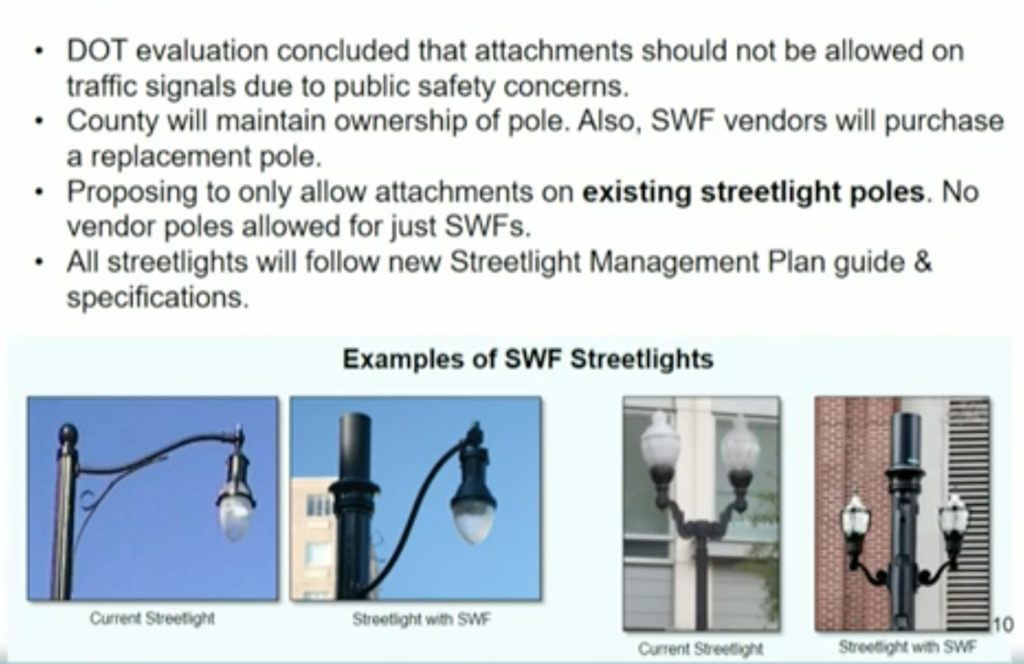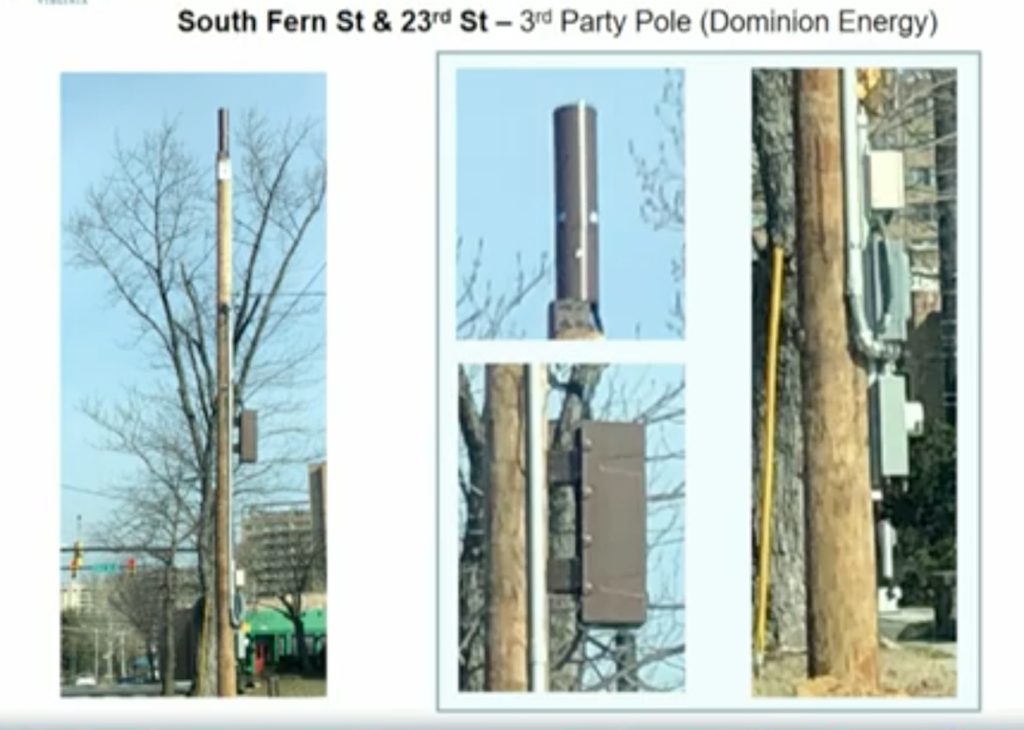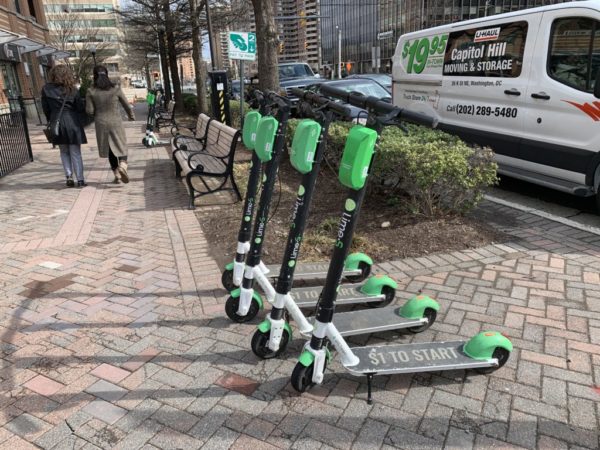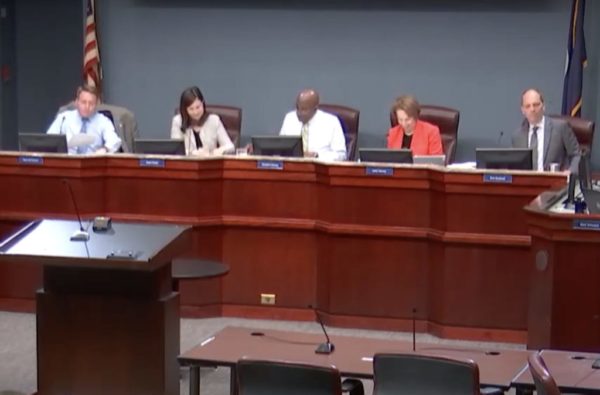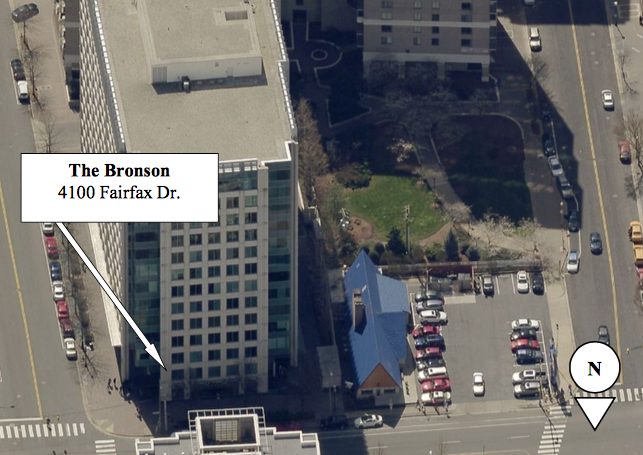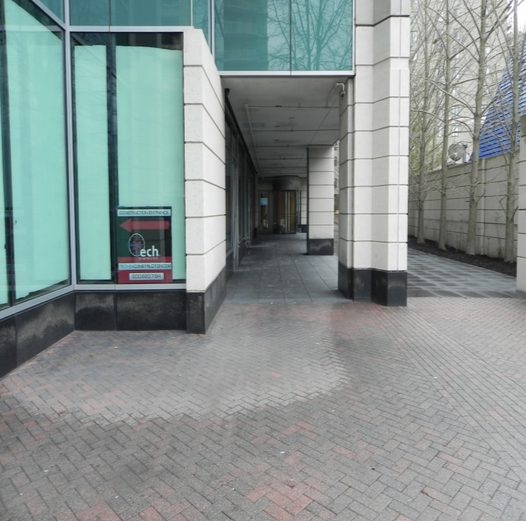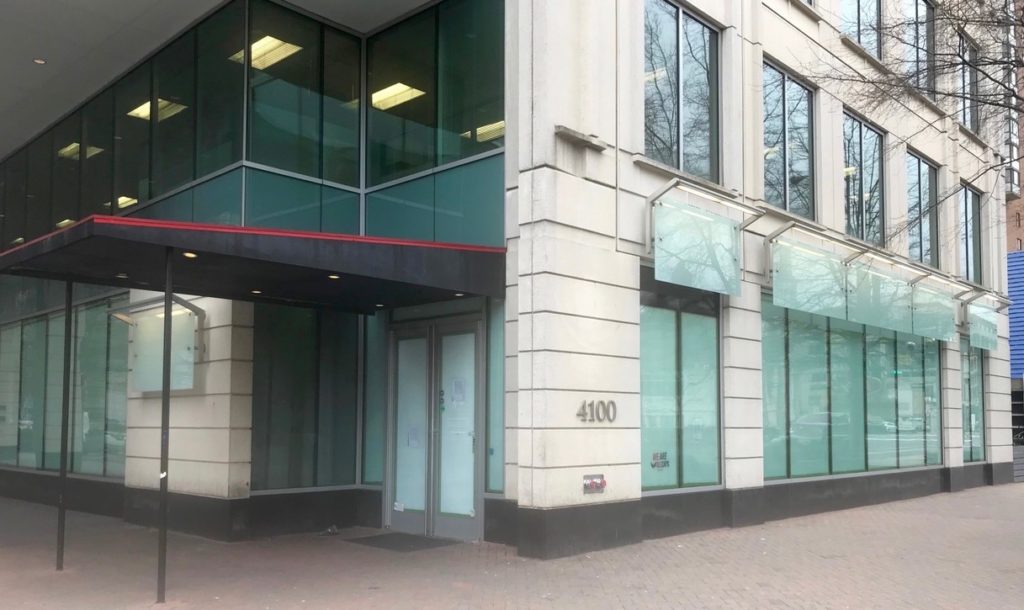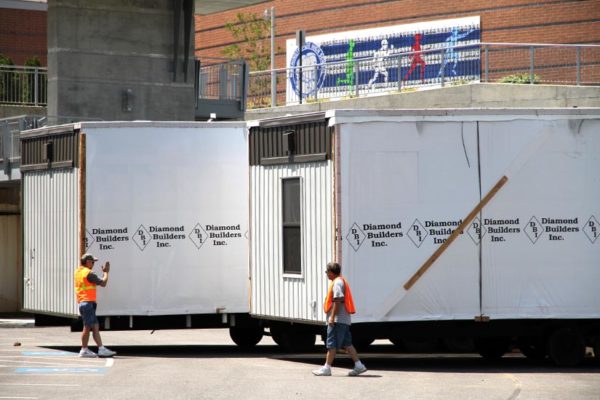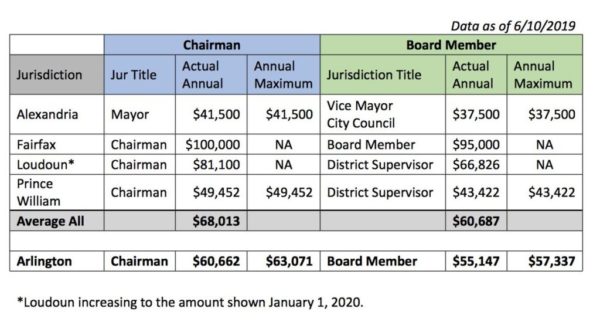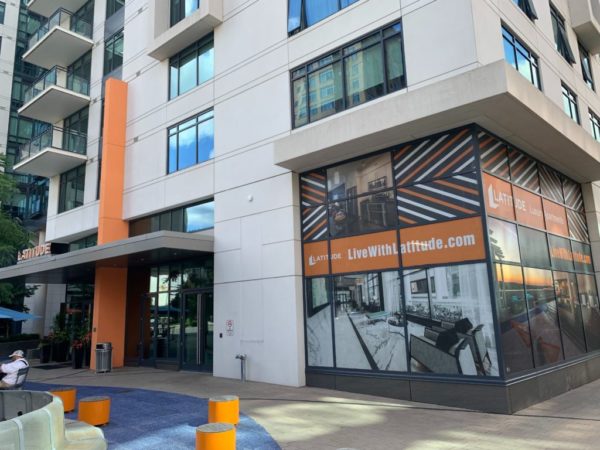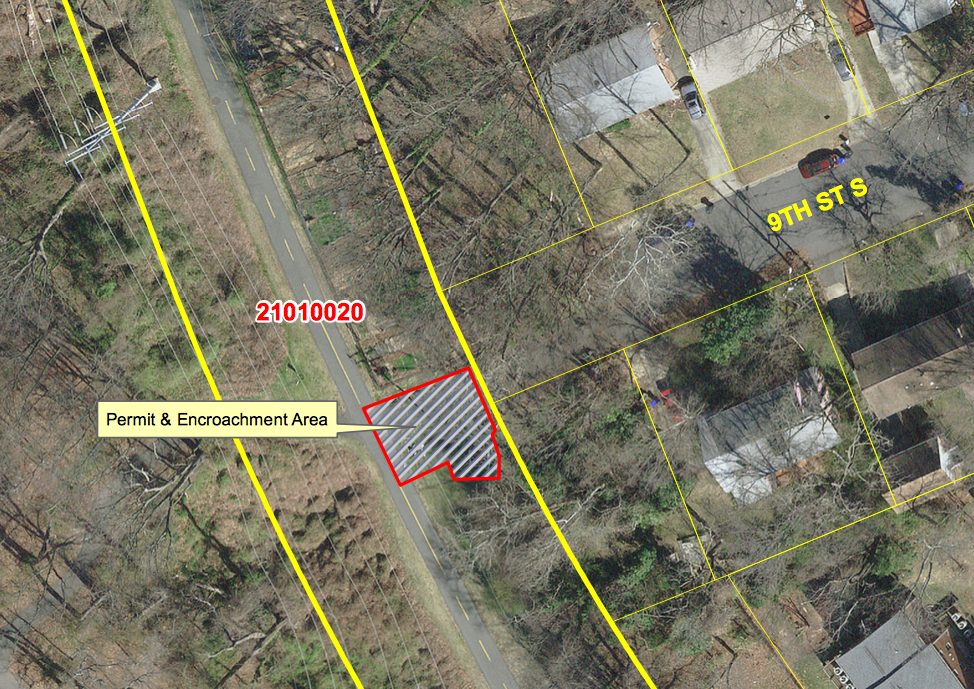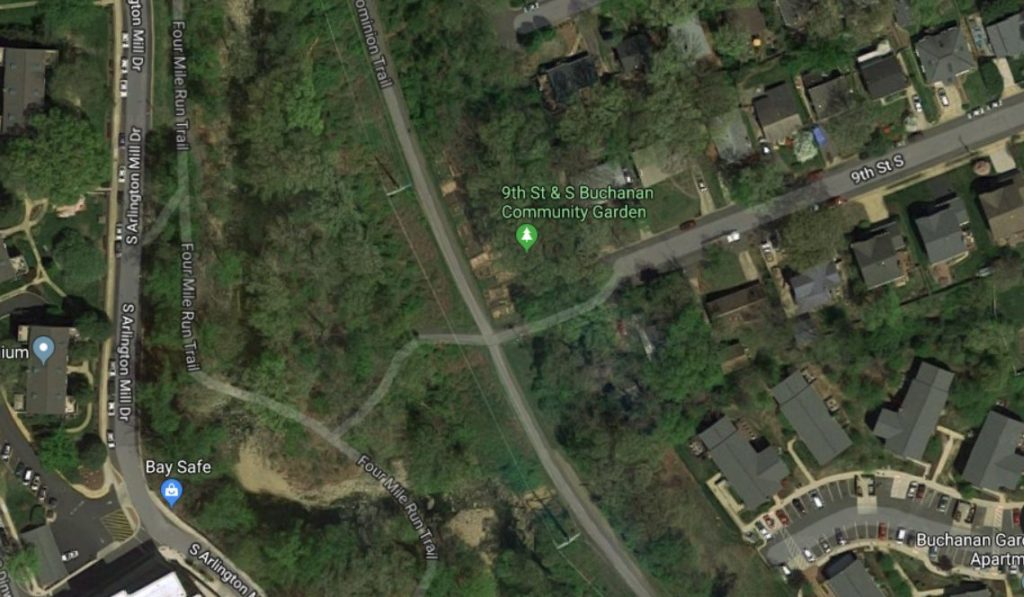(Updated at 2:45 p.m.) Whether or not Arlington County chooses to make a small code change could have a big impact on how quickly the county rolls out 5G wireless technology.
The new technology promises faster mobile data speeds and a network more capable of real-time connections to “smart city” infrastructure like driverless cars, among other benefits. But 5G requires many small devices with antennas be installed throughout an area to work — and that’s where plans hit a snag in Arlington.
The Arlington County Board is set to hold a public hearing during its regular Saturday, July 13 meeting in Courthouse to discuss whether these devices can be placed on publicly-owned structures like light poles and utility poles.
The county has yet to share the agenda for the upcoming July meeting.
Since 2017, small cell telecommunications facilities could be installed on privately-owned structures (like buildings), but not on publicly-owned structures. If the Board approves the code change, the equipment could start being installed on county-owned structures as early as August, per a staff report to the Board.
The staff report also notes that companies would have to pay a $250 application fee plus another, “nominal” annual fee to Arlington for installing the tech on public property.
The County Board unanimously agreed to schedule the hearing during their Board meeting last Saturday, June 15. Beforehand, Board Chair Christian Dorsey noted that an Arlington resident submitted “an extensive letter” listing concerns about the initiative.
Residents in neighboring jurisdictions have opposed the installation of the devices out of concerns about construction and whether the low levels of radio wave emission could be harmful.
“One of the reasons why we wanted to have a hearing is that we haven’t really discussed this in broad circles,” said Dorsey last week. “This is in many ways going to touch on our way of life.”
Board member Katie Cristol said she supported the motion and looked forward to a more “fulsome discussion” next month.
“If we do not have small wireless facilities, we actually can’t deploy the 5G networks, and the differences between 4G and 5G is significant,” said Nate Wentland, the county’s chief business technology officer, during the meeting.
“We’ve been such leaders in a lot of ways nationally,” said Board member Matt de Ferranti, adding 5G was essential for the county to stay competitive.
Amazon may have eyed Arlington for its second headquarters partially because of its access to advanced network technology like 5G, but some say D.C. area jurisdictions needed the next-generation technology anyway to keep up with the region’s growing digital demands.
The antenna devices themselves are about the size of a backpack, Wentland said, and are sometimes installed together with an equipment box the size of a refrigerator.
Upgrading America’s digital highways with 5G faces other roadblocks as well: the tech is currently caught up with President Trump’s trade war with China, as well as the legal battle over T-Mobile and Sprint’s merger.
The next-generation tech is already up and running in several cities depending on your mobile carrier.
Image 1 via Christoph Scholz/Flickr, images 2, 3 via Arlington County.



